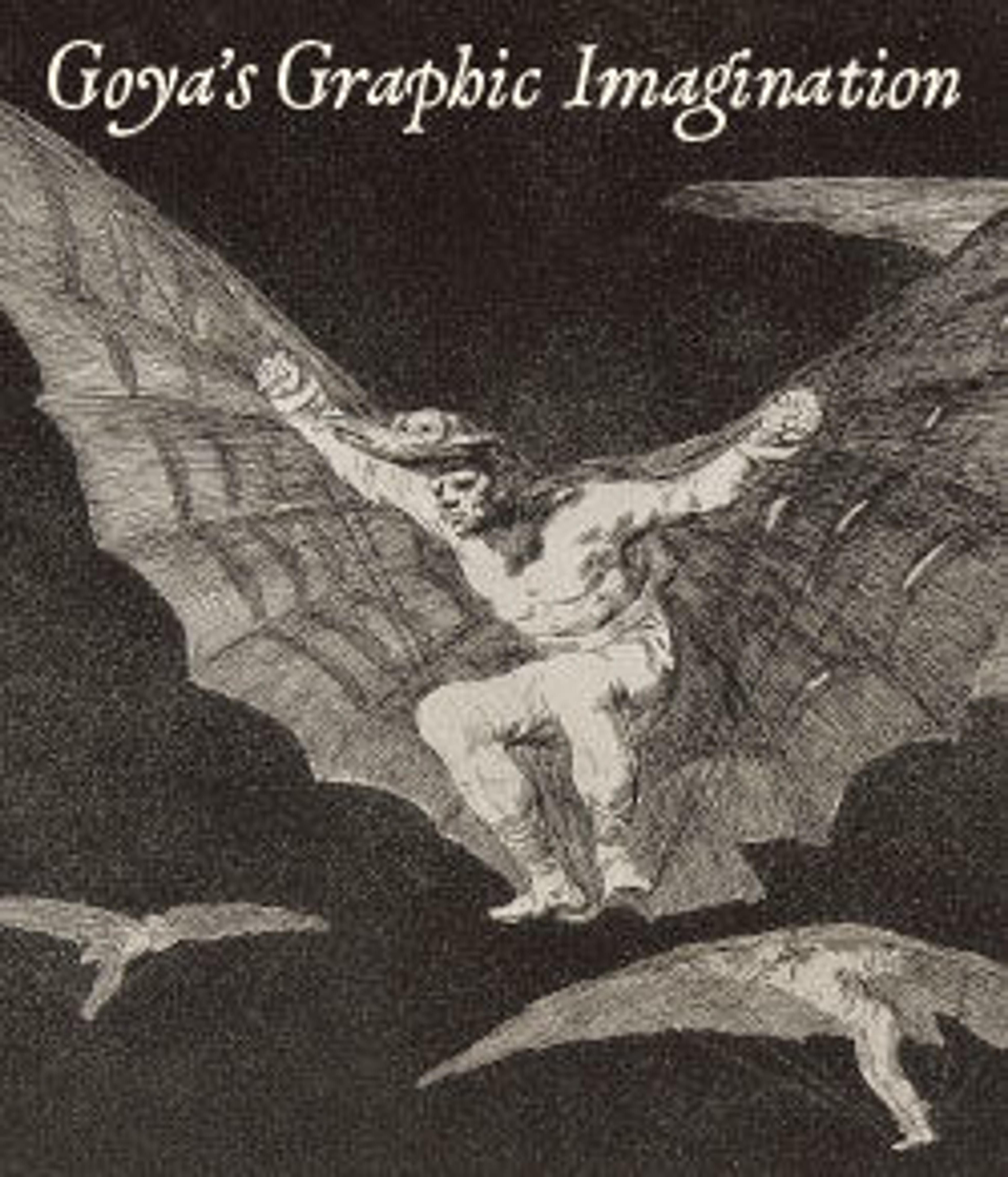Plate 6 from "La Tauromaquia": The Moors make a different play in the ring calling the bull with their burnous
A number of advances in Spanish bullfighting were thought to have been invented by Muslim settlers (known as Moors) in the Middle Ages, when this scene is set. It records a practice by which Moorish bullfighters called the bulls by using a burnoose (hooded cloak), a forerunner of the matador’s cape. Goya built this scene with great visual economy. Pace and tone emphasize the action and enliven otherwise uniform backgrounds. Even relatively simple compositions like this reveal Goya’s artistic intuition in brilliant details, such as the arrogant demeanor of the bullfighters or the bull’s tail, which resembles the burning fuse of a firework about to be propelled against its human opponents.
Artwork Details
- Title: Plate 6 from "La Tauromaquia": The Moors make a different play in the ring calling the bull with their burnous
- Series/Portfolio: La Tauromaquia
- Artist: Goya (Francisco de Goya y Lucientes) (Spanish, Fuendetodos 1746–1828 Bordeaux)
- Date: 1816
- Medium: Etching, burnished aquatint, drypoint
- Dimensions: Plate: 9 5/8 x 13 3/4 in. (24.5 x 35 cm)
Sheet: 12 1/16 × 17 5/16 in. (30.6 × 44 cm) - Classification: Prints
- Credit Line: Rogers Fund, 1921
- Object Number: 21.19.6
- Curatorial Department: Drawings and Prints
More Artwork
Research Resources
The Met provides unparalleled resources for research and welcomes an international community of students and scholars. The Met's Open Access API is where creators and researchers can connect to the The Met collection. Open Access data and public domain images are available for unrestricted commercial and noncommercial use without permission or fee.
To request images under copyright and other restrictions, please use this Image Request form.
Feedback
We continue to research and examine historical and cultural context for objects in The Met collection. If you have comments or questions about this object record, please complete and submit this form. The Museum looks forward to receiving your comments.
